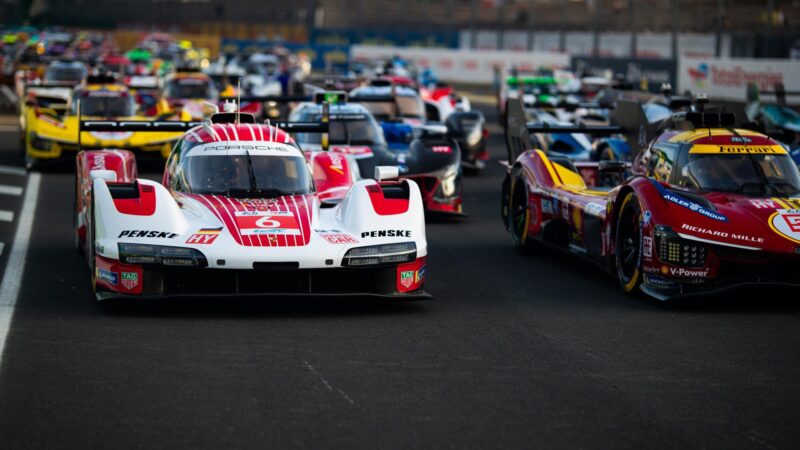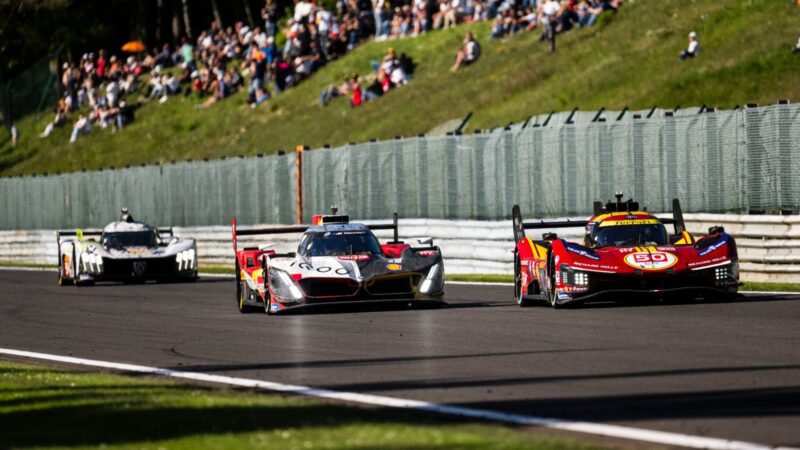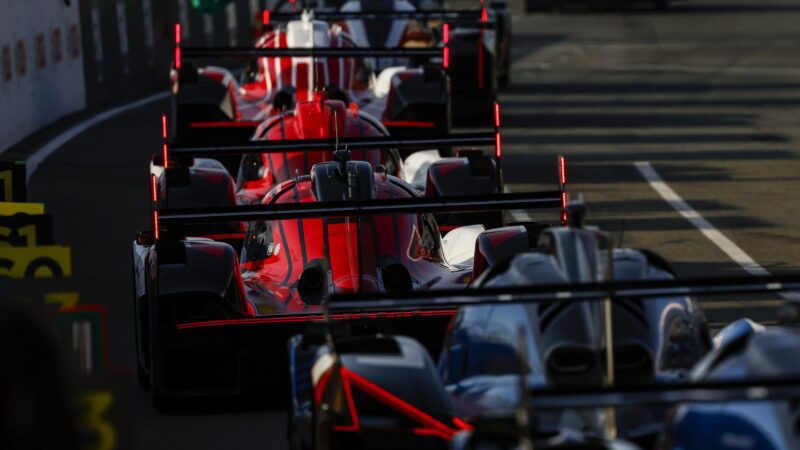The golden age of endurance racing isn’t just back, it’s here to stay. The FIA World Endurance Championship (WEC) has confirmed that its wildly successful top-tier Hypercar class will remain the sport’s pinnacle platform through at least the end of the 2032 season. For collectors, luxury automakers, and the motorsport-curious elite, this signals long-term stability around sports car racing’s most prestigious stage – the 24 Hours of Le Mans – to showcase the pinnacle of automotive passion and performance.

Introduced in 2021 as a replacement for the outgoing LMP1 class, the Hypercar regulations – allowing for both Le Mans Hypercar (LMH) and Le Mans Daytona h (LMDh) specifications – have rewritten the rules of engagement in global sports car racing. What began with just three manufacturers has exploded into a full-blown renaissance, with eight different OEMs currently on the grid: Alpine, Aston Martin, BMW, Cadillac, Ferrari, Peugeot, Porsche, and Toyota. Meantime, Acura and Lamborghini race in America’s IMSA WeatherTech SportsCar Championship that uses the same rules set, a global strategic alliance that has also been extended through 2032.
And the momentum isn’t slowing down. Hyundai’s luxury brand Genesis will join the WEC’s Hypercar ranks in 2026, followed by two blue-chip names with immense motorsport pedigree – Ford and McLaren – in 2027.
What makes the Hypercar formula so enticing to ultra-luxury and performance brands isn’t just the prestige of Le Mans, it’s the balance of freedom and control. The regulations are deliberately open in aesthetic and aerodynamic design, encouraging brands to inject identity, drama, and heritage into their race cars. Yet these freedoms are underpinned by strict cost controls and homologation rules that prevent runaway spending.
The result is a formula that’s not just competitive, but compelling. The cars are fast, beautiful, and unmistakably linked to their road-going cousins – critical for brands where image and exclusivity matter as much as lap times. Balance of Performance regulates the competition, allowing for various specifications of powertrains and hybrid systems to compete on a playing field that’s levelled by scientific formulas that constantly adjusts as the racecars evolve.
With the homologation cycle now extended from 2029 to 2032, the FIA and the ACO (Automobile Club de l’Ouest) have delivered something rare in motorsport: certainty. This allows current participants to continue refining their platforms while giving new entrants enough runway to develop competitive, brand-aligned programs from the ground up.
For marques like Formula 1 World Championship leaders McLaren – whose just-announced Hypercar will feature a twin-turbo V6 developed in-house and run in collaboration with United Autosports – this timeline should ensure a competitive debut in 2027 and a multi-year window to prove their mettle at Le Mans and beyond.


In today’s luxury landscape, motorsport is no longer just about trophies. It’s a marketing platform, a design laboratory, and a narrative engine. The Hypercar category offers a front-row seat at the intersection of engineering, art, and ambition. For buyers and collectors, it also offers the ultimate provenance: race-bred technology and brand authenticity forged on the world’s most demanding tracks.
The WEC’s environmental credentials are growing as well. With recent certifications including ISO 20121:2024 and FIA 3* Environmental Accreditation, the championship aligns with broader sustainability trends in the luxury and automotive sectors – further reinforcing its appeal to modern buyers and investors.
As the calendar continues to draw crowds at iconic venues like Spa, Imola, Interlagos, and Fuji, and of course, the 24 Hours of Le Mans (set for June 13-14 in 2026), the FIA WEC’s future looks brighter than ever. With a grid stacked with the most desirable badges on Earth and a ruleset that blends style, substance, and sustainability, endurance racing is once again the proving ground for the world’s most elite automotive brands.
And now, thanks to this regulatory extension, the Hypercar era is no longer a foundation – it’s all set to become a shimmering skyscraper.
Source: WEC

